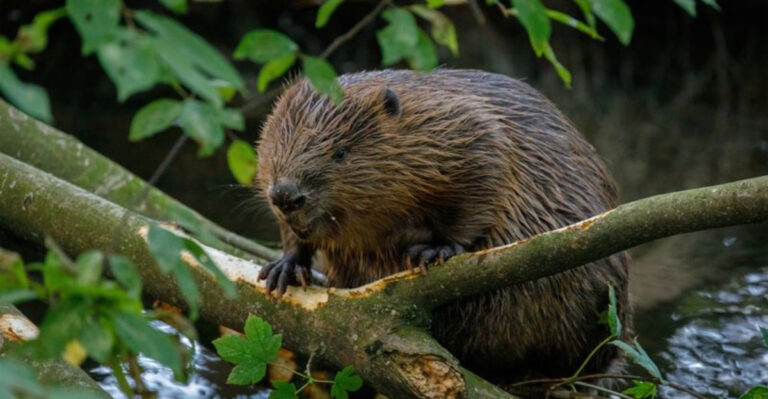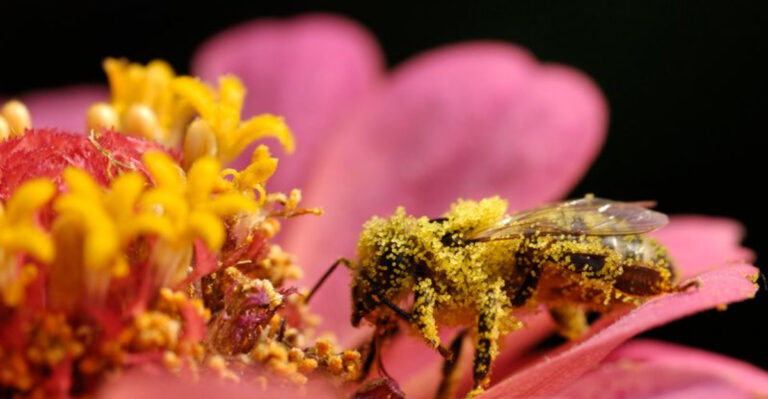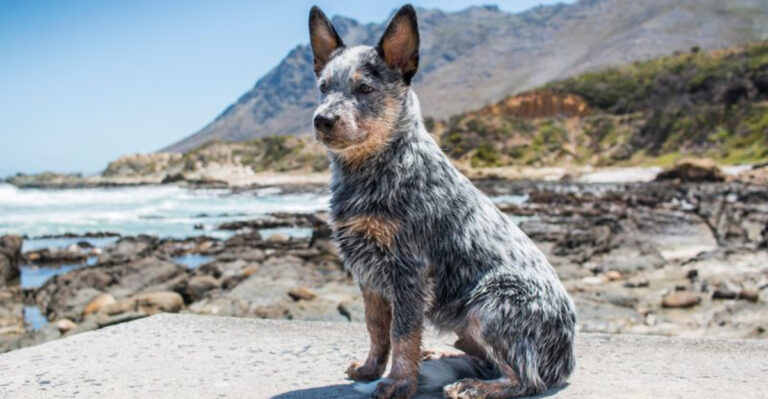12 Ways Turtles Survive Without Teeth
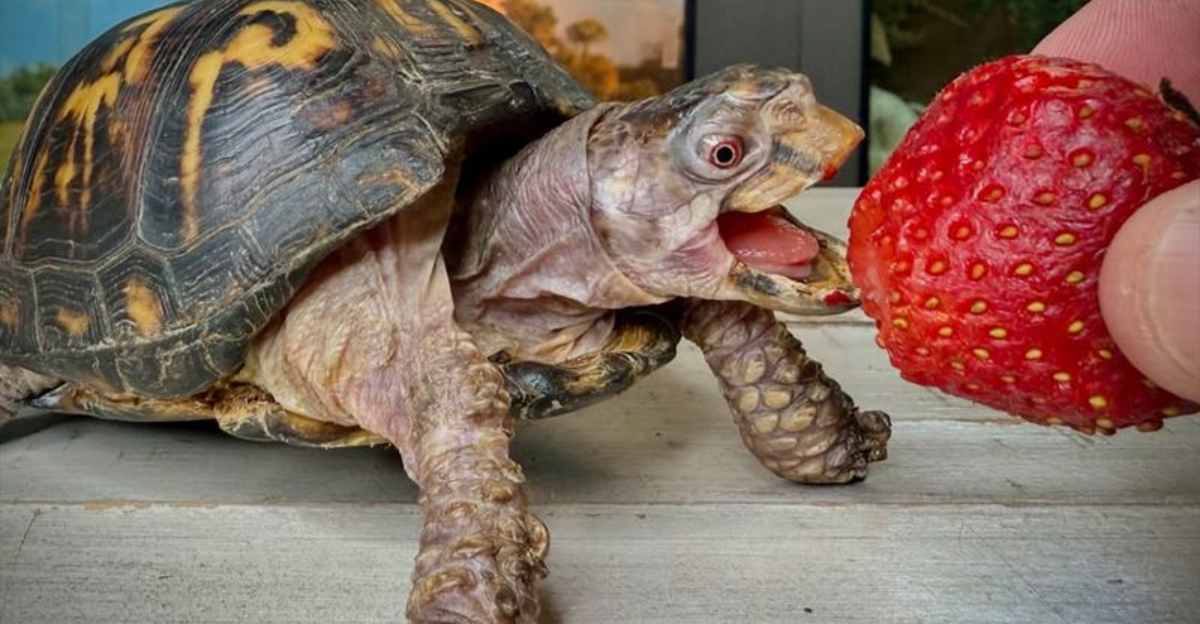
Ever thought about how turtles manage without a dental appointment? Unlike us, these fascinating creatures have mastered the art of living tooth-free!
With their quirky and adaptable nature, turtles thrive in various environments. Let’s explore the unique ways they survive and flourish using their evolutionary adaptations.
1. The Beak-Like Structure: Turtles’ Natural Alternative To Teeth
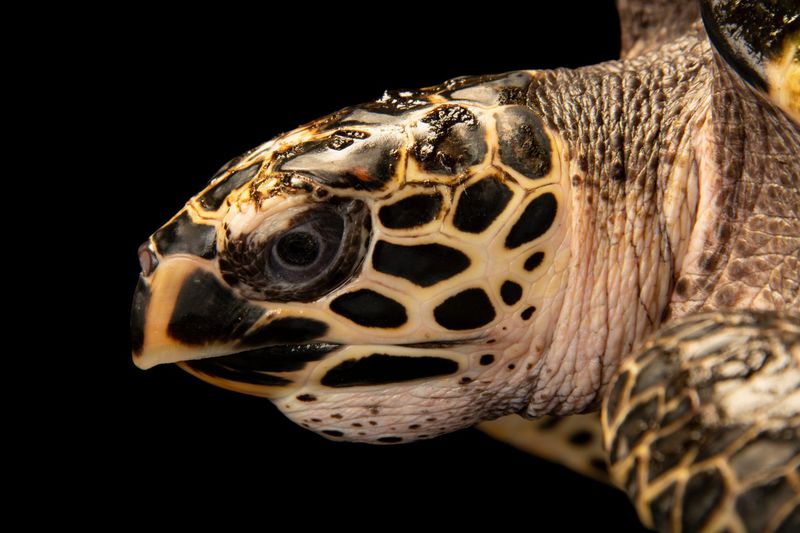
Turtles have beak-like jaws that efficiently cut, crush, and tear their food. This adaptation is perfect for both herbivores munching on greens and carnivores feasting on small prey.
The sharpness of their beaks compensates for the absence of teeth, making them versatile eaters. Whether it’s a crunchy leaf or a squirmy insect, turtles have it covered.
2. Powerful Jaw Muscles: Strength Over Teeth
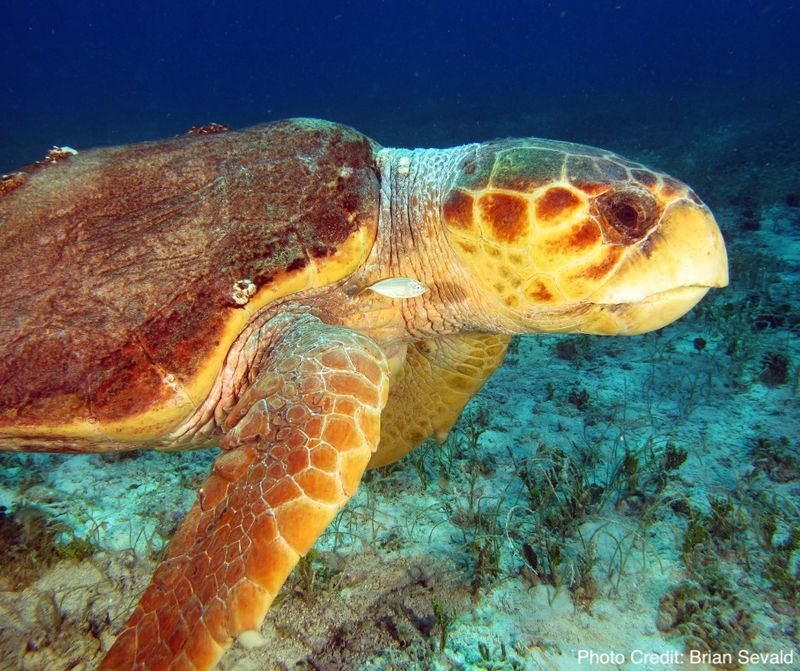
Without teeth, turtles rely on their powerhouse jaw muscles to crush tough prey and chomp through plants. These muscular jaws are their secret weapon, turning what could be a disadvantage into an advantage.
Instead of cutting with teeth, they clamp down with force, ensuring they can handle a variety of food sources with ease.
3. Slow Metabolism: A Less Frequent Meal Strategy
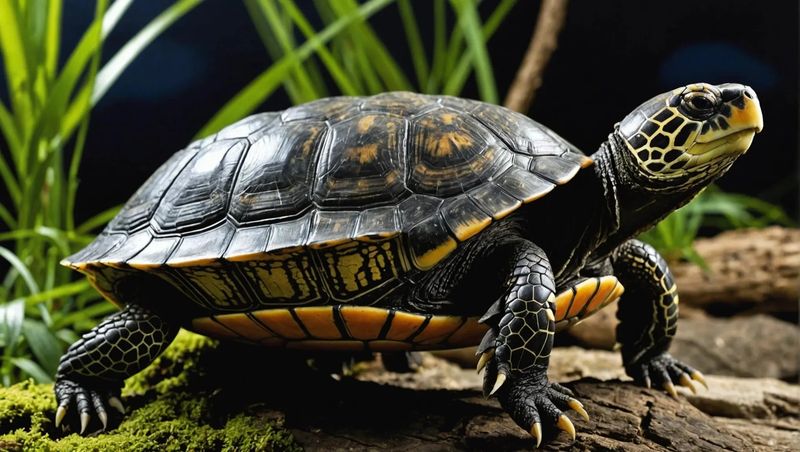
Turtles have a slow metabolism, which means they don’t need to eat as often as other animals.
This leisurely approach to life allows them to savor and digest their meals slowly, making the most of every bite. Their relaxed metabolic rate complements their toothless nature, as they don’t need constant feeding.
4. Adaptable Diets: Thriving On A Flexible Menu
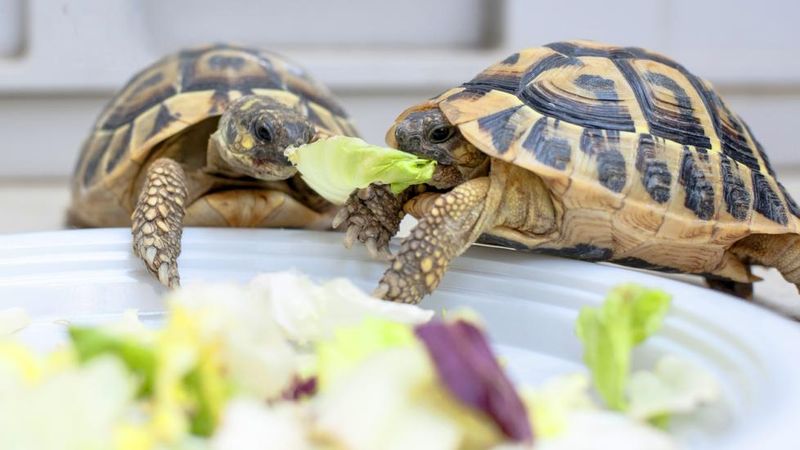
Turtles switch between eating plants and small animals with ease. This dietary flexibility is a key survival trait, allowing them to adapt to various environments and food availability.
Their beak and jaw structures are perfectly suited for this varied menu, ensuring they can always find something delicious to munch on, whether in the sea or on land.
5. Long Lifespan: Crafted As A Toothless Survivor
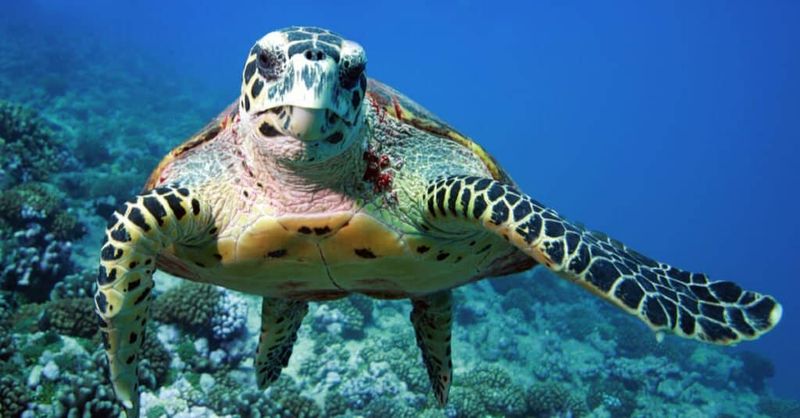
Living for decades, some turtles reach astonishing ages. This long lifespan is a testament to their adaptation and survival strategies.
Their steady, toothless eating habits are well-suited to their slow-paced lives, allowing them to thrive for many years. Evolution has fine-tuned their bodies to endure, even without teeth.
6. Evolution Of Feeding Habits: No Teeth, No Problem
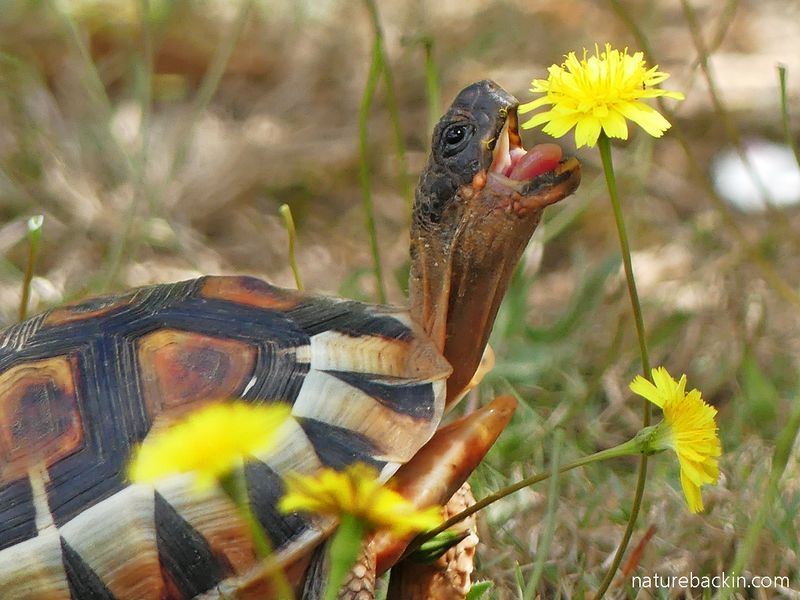
Over time, turtles have developed unique feeding habits that don’t require teeth. They use their beaks to slice and tear their food with precision, turning what might seem like a limitation into a strength.
This evolutionary shift allows them to thrive in their habitats, handling different types of food with ease.
7. They Easily Handle Tough And Soft Foods
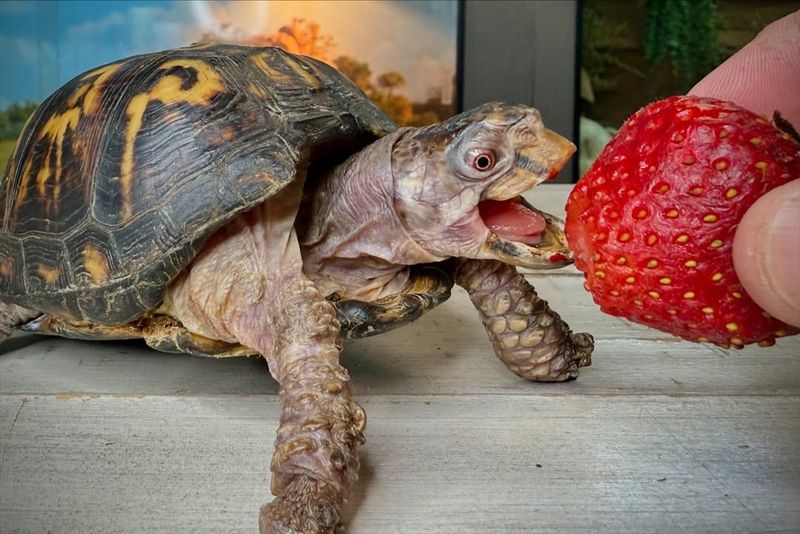
Turtles can shift from crunching through crab shells to nibbling on soft fruits thanks to their versatile jaws.
This adaptability allows them to exploit a wide range of food sources, ensuring their survival in diverse environments. Their powerful beaks make them adept at handling whatever comes their way, whether hard or soft.
8. Adaptation To Environment: Toothless Design Success
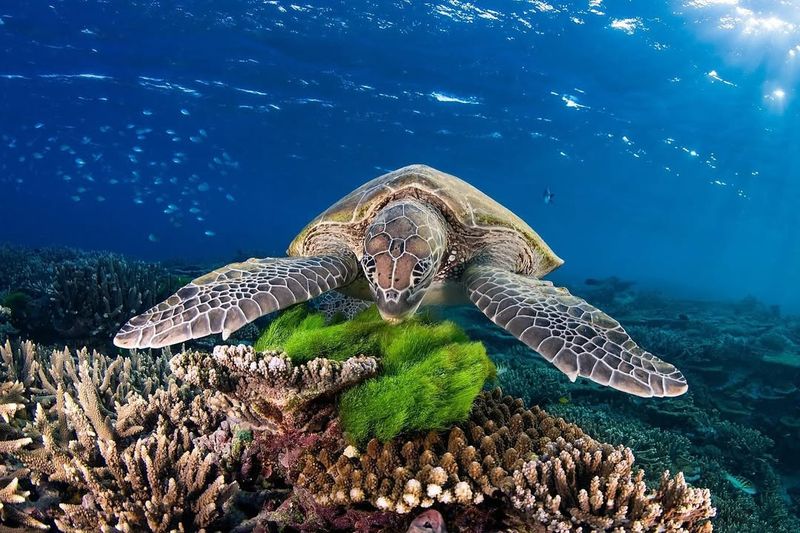
Turtles have adapted to a myriad of environments, from oceans to freshwater lakes. Their toothless design is not a hindrance but an asset, allowing them to consume available food with minimal effort.
This adaptability ensures they can thrive in various settings, maintaining their role as efficient feeders in the ecosystem.
9. Why Turtles Don’t Need Complex Teeth To Survive
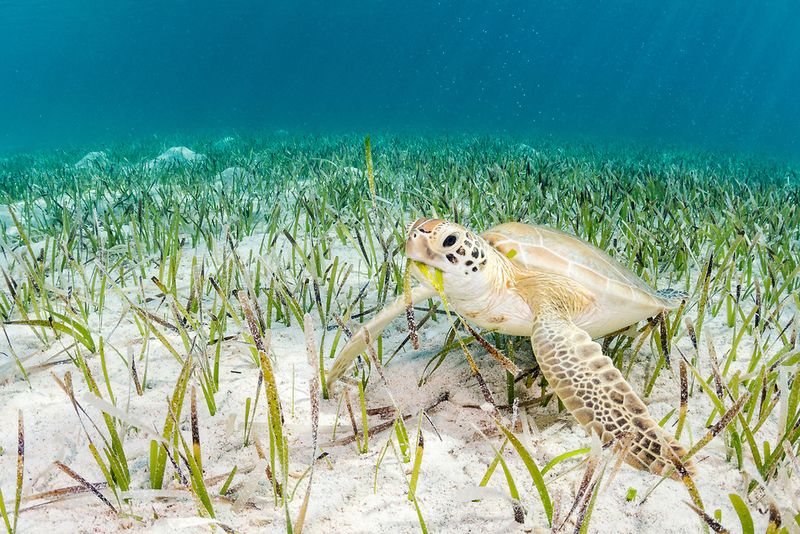
Turtles’ straightforward jaw structures allow them to live efficiently without complex teeth. Their beak and muscle combination ensures they can feed effectively, making them well-suited to their natural habitats.
This simplicity is key to their success, as they don’t require intricate dentition to thrive, emphasizing the elegance of their design.
10. Efficient Digestive System

Turtles possess an efficient digestive system that maximizes the nutritional value of their food. They make the most out of every bite!
This careful processing reduces the need for frequent meals and teeth, allowing them to thrive on the resources they consume. Their digestive efficiency is harmonized with their toothless nature, making every meal count.
11. They Have Beaks For Precision
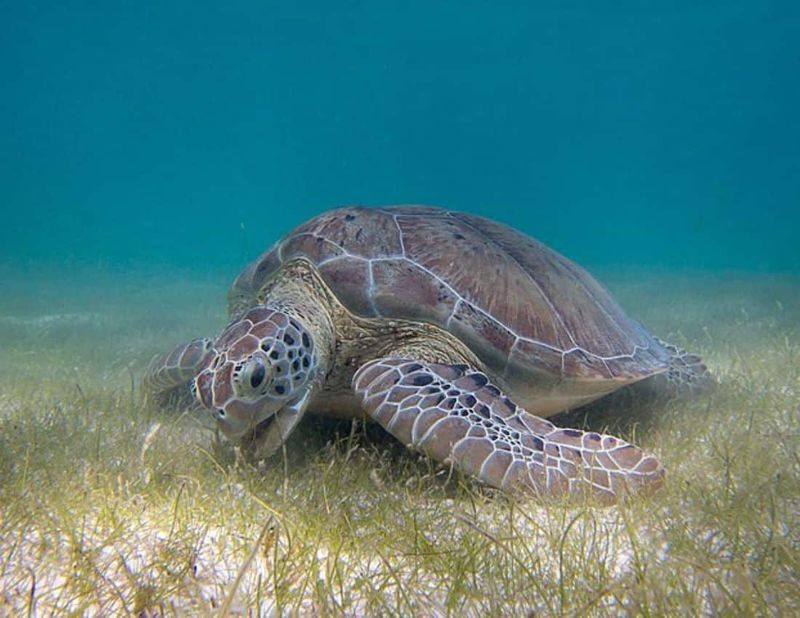
Some turtles have evolved specialized beaks for catching specific prey, such as mollusks or insects. This specialization means they don’t need teeth to capture and consume their meals effectively.
Their beaks provide the precision and adaptability needed for a varied diet, showcasing how turtles have thrived without teeth.
12. Adaptability In Different Habitats
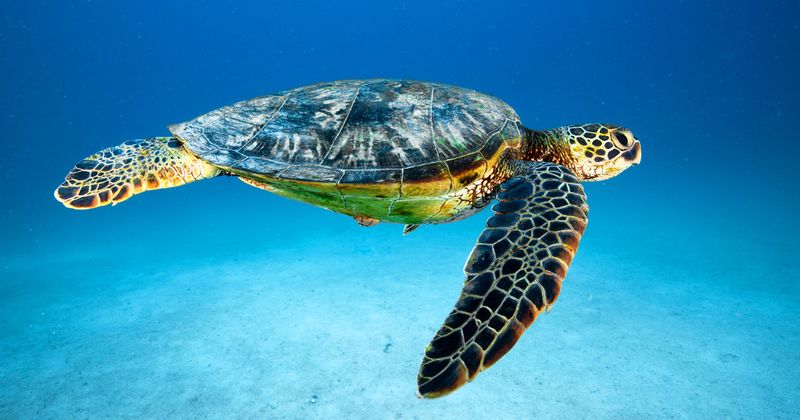
Whether gliding through water or roaming the land, turtles demonstrate remarkable adaptability.
Their toothless jaws enable them to efficiently feed in diverse habitats, from aquatic settings to terrestrial landscapes. This adaptability ensures their continued survival and success, highlighting the strength of their evolutionary path.



